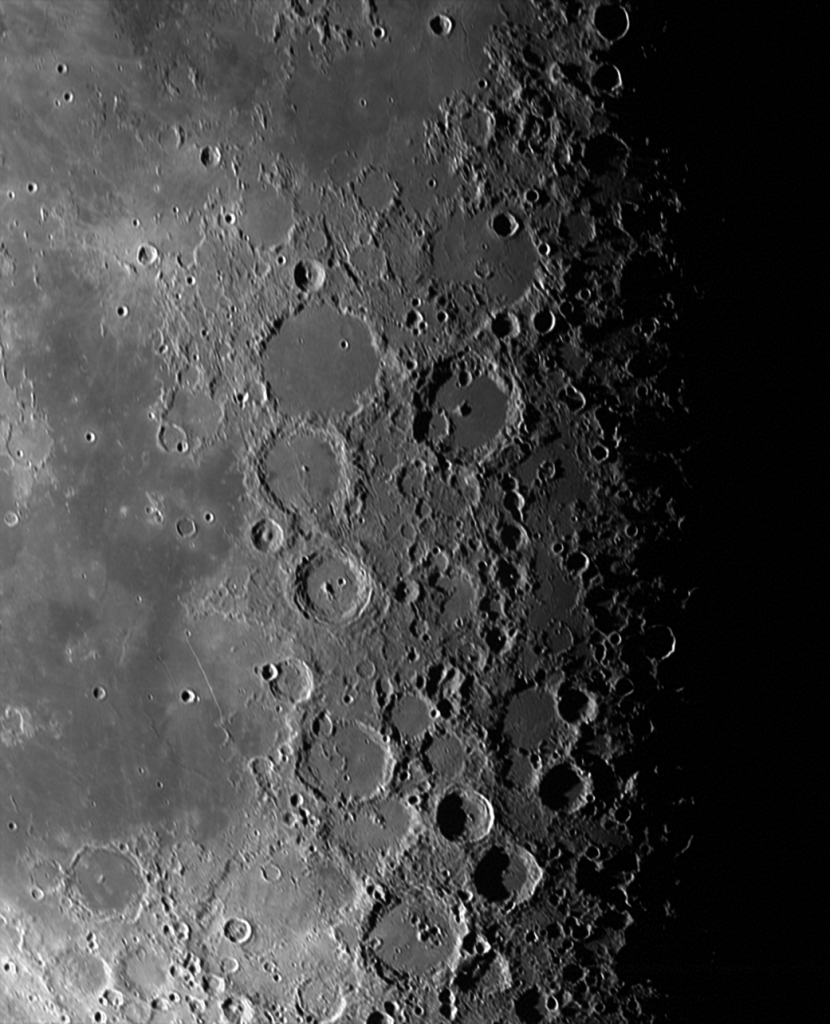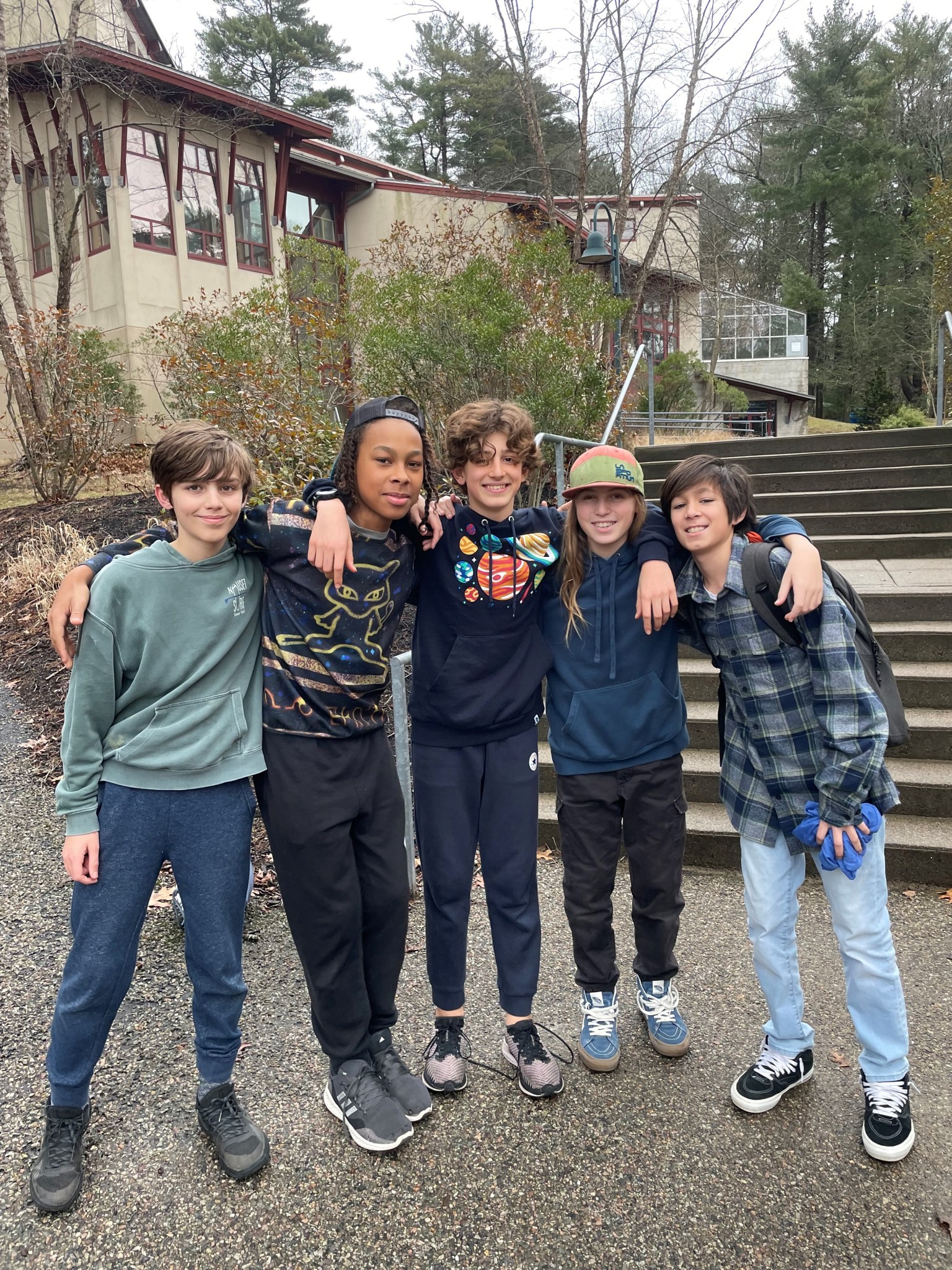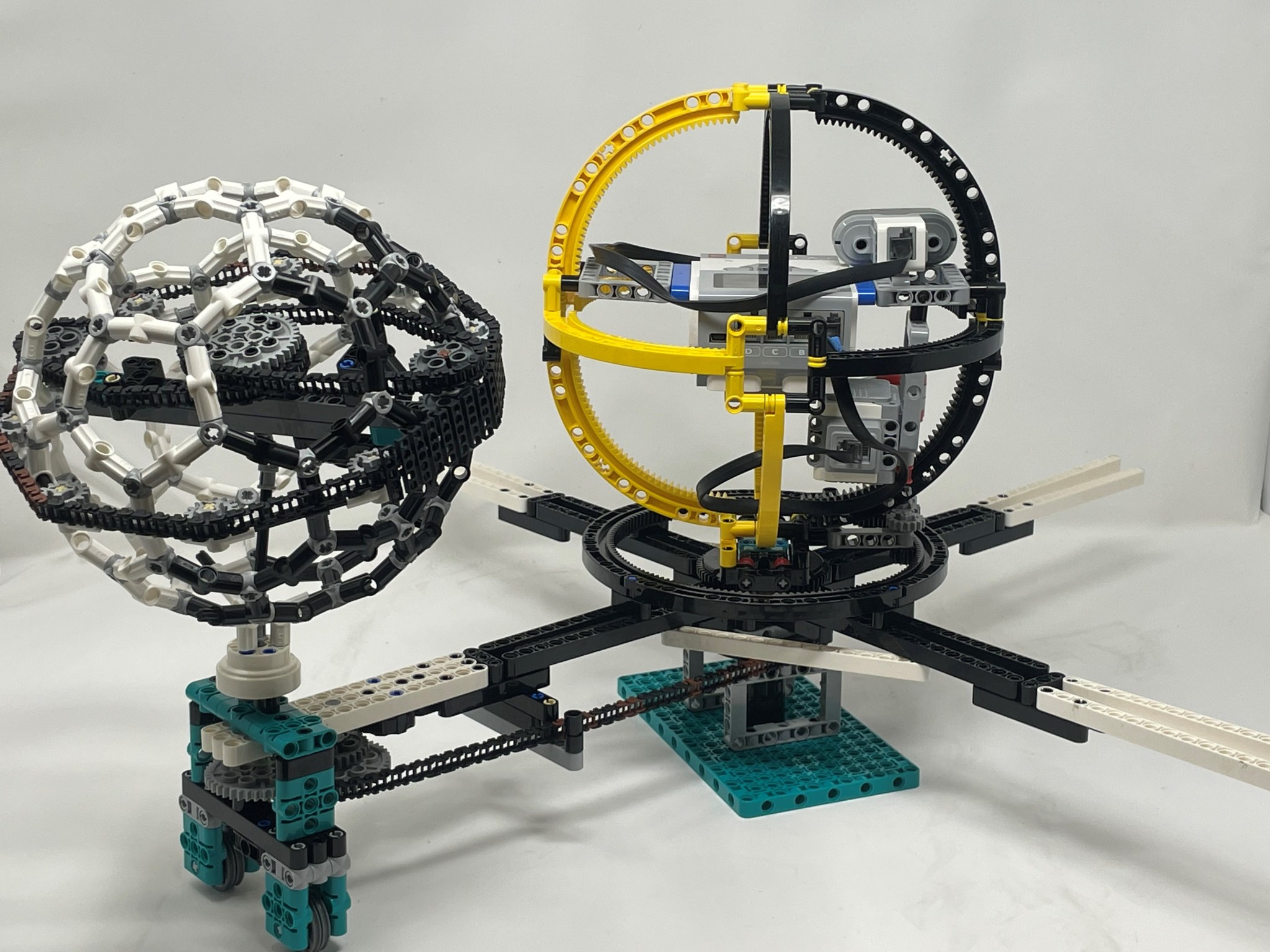By Jason Costa
NASA’s John F. Kennedy Space Center
Engineers at NASA’s Kennedy Space Center in Florida have a well-deserved reputation for solving problems and making the impossible possible. So, when a middle school robotics team from Beverly, Massachusetts, had questions about an ambitious project design, they decided engineers at America’s premier multiuser spaceport might have answers.
“We voted to do something on space and came up with the idea for a solar farm on the Moon,” said Maxwell Cook, a 7th grader on Waring School’s Lykos Robotics team. “NASA was the first thing that came to mind.”
The idea for the lunar solar farm came while preparing for a LEGO challenge aimed at helping students between 9-16 years old learn through critical thinking, coding, robotics design and building. The challenge tasked teams to address a real-world problem by exploring where energy comes from, how it is distributed, stored, and used, and then creating designs to innovate for a better energy future.
“The theme of the challenge is ‘superpowered,’ which means energy, and the goal is to benefit the Earth itself,” said Caleb Sylvester, 7th grade. “The main goal of our project is to have an easier way to make solar panels more efficient and get more clean energy into the Earth’s cities and help with carbon emissions.”
The Lykos team believed the lack of a thick atmosphere would make the Moon ideal for capturing solar energy. To maximize the amount of time the panels capture sunlight, the team also decided to make the solar farm mobile to allow it to follow the sunlight.
“Our solar farm would be on a railroad track that could counteract the rotation of the Moon and always stay in the sun,” said Nadav Bukhin, 7th grade. “The train would travel about 10 miles per hour, which would match the rate of the Moon’s rotation.”
The team knew that many challenges – some known and others not – stood in the way of creating a viable design. With knowledge of NASA’s Moon to Mars goals in mind, the Lykos team contacted Kennedy engineers with solar energy expertise. They shared their idea and some questions, some of which were forwarded to NASA’s Lunar Site Planning and Design Team. After receiving many good technical and facilitating emails about their design, the Lykos team had an online meeting with some of the engineers.
“The students were very open and honest about their ideas, and we tried to be as honest as we could in return,” said James “Jimmy” Nelson, design manager in construction and facilities at Kennedy with experience in solar energy. “I remember telling them if you want to build something, there are things that are theoretical, things that are practical, and things that are doable.”
“I’m a newbie at trying to work with students, so this was my first go at it,” said Jeffrey Parimuha, electrical lead design engineer at Kennedy who also met with the Lykos team. “But, I thought, you’ve got this moving train that generates power, and now what do you do with the power? They were actually talking about using maser technology to direct the energy back to the Earth.”
A maser works similarly to a laser but produces and amplifies electromagnetic waves in the microwave region of the spectrum. Nelson noted this method of space-based solar power was introduced in the prophetic 1941 Isaac Asimov short story, “Reason,” and has been studied and developed since the 1950s, including by NASA.
The Lykos team’s meeting with NASA engineers also generated other ideas, including ways to store the captured energy and employ 3D printing on the lunar surface to fabricate materials and reduce costs.
“They really helped and pointed out some problems with our innovation project,” Cook said. “The original project plan was to transfer all the materials to the Moon. We found it could have cost something like $20 quintillion. We ended up getting the estimated cost down into the hundreds of millions.”
“The advice from the NASA engineers was invaluable because they helped the students fully realize the practical challenges of making their idea work,” said Sarah Carlson-Lier, Waring faculty member and coach of Lykos. “It was amazing to hear that NASA scientists have worked on similar ideas. The NASA engineers were extremely generous with their time and the students appreciated them so much.”
The only thing left to do was build the model. To build their creation, the four 7th graders and an 8th grader used LEGO Mindstorms, programmable robotics kits based on the ubiquitous building blocks that feature modular sensors, motors, cables, and digital interfaces. Often writing the program code from scratch, the team completed the model of its solar farm train.
After entering a couple scrimmages and a regional qualifier, the Lykos team went on to win the Innovation Project first prize at the Massachusetts FIRST LEGO League Championship at Worcester Polytechnic Institute.
As they look to the future, four members of the Lykos team hope to remain teammates next year – and they share a common goal that might bring a smile to the faces of the Kennedy engineers who offered up their time and expertise to the young innovators.
“We all want to become engineers one day and work for NASA,” Cook said.





























